Home>Home Appliances>Laundry Appliances>Where Is The Drum Of The Washing Machine
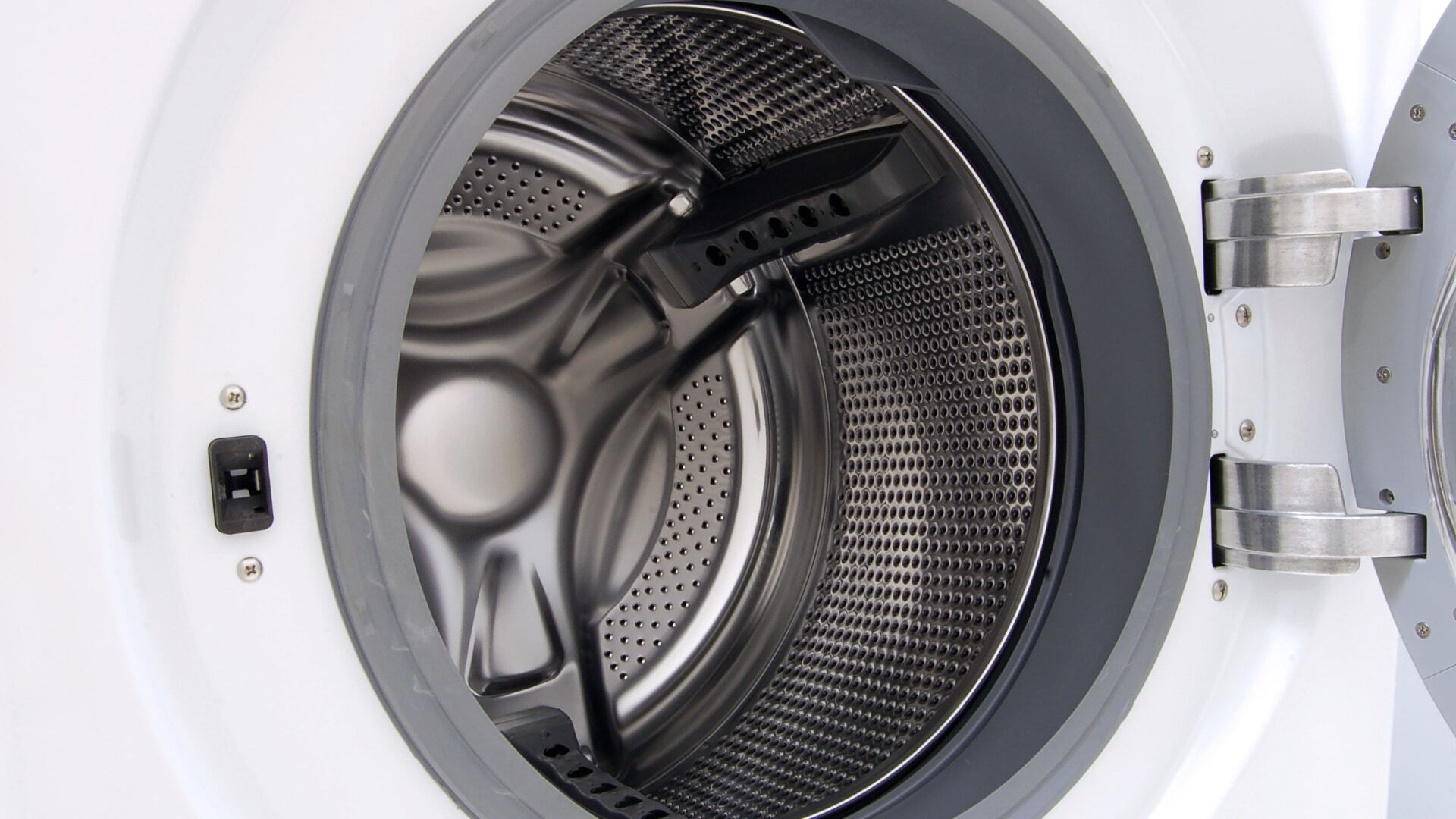

Laundry Appliances
Where Is The Drum Of The Washing Machine
Published: February 22, 2024
Discover the location of the drum in your laundry appliances. Learn about the washing machine drum and its importance for efficient laundry care. Explore more at [Your Website Name].
(Many of the links in this article redirect to a specific reviewed product. Your purchase of these products through affiliate links helps to generate commission for Storables.com, at no extra cost. Learn more)
Understanding the Function of the Washing Machine Drum
The washing machine drum is the heart of the appliance, playing a pivotal role in the cleaning process. It serves as the container where the clothes are placed for washing. Understanding its function is essential for comprehending the entire laundry process.
Read more: What Is A Washer Drum
Inner Workings of the Drum
The drum rotates to agitate the clothes, facilitating the removal of dirt and stains. This motion is crucial for ensuring thorough cleaning. The perforations on the drum allow water and detergent to penetrate the fabric, effectively cleansing the garments.
Material and Design
Washing machine drums are typically made of stainless steel or porcelain-coated steel. These materials are chosen for their durability and resistance to corrosion. The design of the drum, including its size and shape, directly impacts the washing machine's capacity and efficiency.
Balance and Stability
Another vital function of the drum is to maintain balance and stability during the washing cycle. Imbalanced loads can cause excessive vibrations, leading to potential damage to the machine and a subpar washing performance. The drum's design and suspension system work in tandem to minimize vibrations and ensure smooth operation.
Water Extraction
Once the washing cycle is complete, the drum utilizes centrifugal force to extract excess water from the clothes. This process expedites the drying time and enhances the overall efficiency of the laundry process.
Understanding the intricate functions of the washing machine drum sheds light on its significance in achieving optimal cleaning results. From agitating the clothes to facilitating water extraction, the drum is a fundamental component that contributes to the overall performance of the washing machine.
Key Takeaways:
- The washing machine drum is the heart of the appliance, agitating clothes, facilitating water penetration, and expediting drying. It’s crucial for optimal cleaning and laundry efficiency.
- Regular maintenance, proper loading, and addressing common issues like leaks and wear can extend the lifespan and performance of the washing machine drum. Keep it clean and balanced for a seamless laundry experience!
Read more: What Is The Drum Of A Washing Machine
Common Issues with Washing Machine Drums
Washing machine drums, despite their robust design and functionality, are susceptible to various issues that can disrupt the appliance's performance. Understanding these common problems is crucial for effectively troubleshooting and maintaining the washing machine.
1. Unusual Noises
One prevalent issue with washing machine drums is the occurrence of unusual noises during operation. These noises can range from loud banging to persistent rattling, indicating potential problems with the drum's bearings, suspension, or internal components. Ignoring these sounds can lead to further damage and costly repairs.
2. Imbalance and Vibration
Imbalance during the spin cycle is a frequent concern associated with washing machine drums. This issue often results from unevenly distributed loads or a misaligned drum. Excessive vibration not only compromises the appliance's stability but also poses a risk of damage to the drum and other internal mechanisms.
3. Leaks and Water Retention
Leakage around the washing machine drum or water retention after the cycle can signify issues with the door seal, inlet valves, or drainage system. These issues not only lead to water wastage but can also cause damage to the surrounding area and compromise the washing machine's overall efficiency.
Read more: How To Balance A Washing Machine Drum
4. Wear and Tear
Over time, washing machine drums may experience wear and tear, particularly in the form of chipped enamel or rust on the drum's surface. These imperfections can compromise the drum's ability to effectively clean clothes and may even lead to fabric damage.
5. Spin Cycle Irregularities
Inconsistent or erratic spinning during the cycle can indicate underlying issues with the drum's motor, drive belt, or electronic control systems. Such irregularities can result in poorly washed clothes and prolonged washing times.
6. Foul Odors
Accumulated dirt, detergent residue, and moisture within the washing machine drum can lead to the development of foul odors. This issue not only affects the cleanliness of the clothes but also indicates the need for thorough cleaning and maintenance of the drum and associated components.
7. Overloading and Underloading
Improper loading of the washing machine drum, whether overloading or underloading, can lead to operational issues. Overloading strains the drum and motor, while underloading may cause imbalance during the cycle, impacting the appliance's efficiency.
Understanding these common issues with washing machine drums empowers users to proactively address potential problems and seek timely maintenance and repairs. By recognizing these signs, individuals can ensure the longevity and optimal performance of their washing machines.
Read more: How To Clean The Drum Of A Washing Machine
How to Troubleshoot and Repair a Washing Machine Drum
Troubleshooting and repairing a malfunctioning washing machine drum can be a daunting task, but with the right approach, it is possible to address common issues and restore the appliance's functionality. Here are essential steps to effectively troubleshoot and repair a washing machine drum:
-
Identify Unusual Noises: If the washing machine drum is emitting unusual noises during operation, it is crucial to investigate the source of the sound. This may involve checking for loose items inside the drum, inspecting the drum's bearings for wear, or examining the suspension and shock absorbers for signs of damage.
-
Address Imbalance and Vibration: To resolve issues related to imbalance and excessive vibration, start by ensuring that the laundry load is evenly distributed inside the drum. If the problem persists, inspect the drum's suspension system, springs, and dampers for wear or damage. Additionally, verify that the washing machine is level and stable on the floor.
-
Rectify Leaks and Water Retention: Leakage around the washing machine drum or water retention after the cycle requires thorough examination of the door seal, inlet valves, and drainage system. Inspect these components for cracks, tears, or blockages, and replace any faulty parts to prevent water-related issues.
-
Address Wear and Tear: If the washing machine drum exhibits signs of wear and tear such as chipped enamel or rust, consider refinishing the affected areas to prevent further deterioration. Specialized enamel repair kits are available for addressing minor imperfections, while extensive damage may necessitate professional intervention.
-
Resolve Spin Cycle Irregularities: In the case of inconsistent or erratic spinning during the cycle, inspect the drum's motor, drive belt, and electronic control systems for faults. Replace worn-out components and recalibrate the electronic controls to restore the drum's spinning functionality.
-
Eliminate Foul Odors: To address foul odors emanating from the washing machine drum, perform a thorough cleaning of the interior using a mixture of white vinegar and baking soda. Additionally, run a hot water cycle with a washing machine cleaner to eliminate residual odors and maintain a fresh-smelling drum.
-
Optimize Loading Practices: Educate users on proper loading techniques to prevent overloading or underloading the washing machine drum. Encourage them to adhere to the manufacturer's recommended load capacity and distribute the laundry evenly to minimize strain on the drum and motor.
By following these troubleshooting and repair guidelines, users can effectively address common issues with washing machine drums and restore the appliance's optimal performance. However, for complex or extensive repairs, it is advisable to seek professional assistance to ensure the safe and efficient restoration of the washing machine.
Tips for Maintaining the Washing Machine Drum
Proper maintenance of the washing machine drum is essential for ensuring the longevity and optimal performance of the appliance. By implementing the following tips, users can effectively preserve the functionality of the drum and minimize the risk of potential issues:
-
Regular Cleaning: Schedule routine cleaning of the washing machine drum to remove accumulated dirt, detergent residue, and lint. Use a mild detergent or a mixture of white vinegar and baking soda to clean the interior surface, ensuring thorough removal of any debris or odors.
-
Inspect for Foreign Objects: Before initiating a wash cycle, check the drum for any foreign objects such as coins, buttons, or small articles of clothing that may have inadvertently found their way into the drum. Removing these items prevents damage to the drum and internal components.
-
Optimize Detergent Usage: Avoid overloading the washing machine with excessive detergent, as this can lead to residue buildup inside the drum. Follow the manufacturer's guidelines for detergent usage and consider utilizing high-efficiency detergents to minimize soap scum and residue accumulation.
-
Maintain the Door Seal: Inspect the door seal for any signs of wear, tear, or mold formation. Wipe the seal regularly to prevent the accumulation of moisture and debris, which can lead to leaks and unpleasant odors.
-
Balance the Loads: When loading the washing machine drum, ensure that the laundry is evenly distributed to prevent imbalance during the spin cycle. Overloading or underloading the drum can lead to operational issues and impact the appliance's efficiency.
-
Check for Leaks: Periodically inspect the area around the washing machine drum for any signs of leaks or moisture. Addressing leaks promptly can prevent water-related damage to the drum and surrounding components.
-
Level the Washing Machine: Verify that the washing machine is level and stable on the floor to minimize vibrations and ensure the proper functioning of the drum and suspension system.
-
Perform Maintenance Cycles: Run maintenance cycles, such as a hot water wash with a washing machine cleaner, to eliminate residue and maintain a clean and odor-free drum.
-
Address Wear and Tear: Keep an eye out for any signs of wear, chipping, or rust on the drum's surface. Address minor imperfections promptly to prevent further deterioration and maintain the drum's cleaning efficiency.
By adhering to these maintenance tips, users can proactively preserve the condition of the washing machine drum, promote efficient cleaning performance, and extend the lifespan of the appliance. Regular care and attention to the drum's maintenance contribute to a seamless laundry experience and minimize the likelihood of unexpected malfunctions.
Upgrading to a New Washing Machine Drum
When considering an upgrade to a new washing machine drum, several factors come into play, including the age and condition of the current drum, evolving laundry needs, and technological advancements in washing machine design. Upgrading to a new drum presents an opportunity to enhance the overall efficiency, performance, and longevity of the washing machine. Here's a detailed exploration of the considerations and benefits associated with upgrading to a new washing machine drum.
Assessing the Need for an Upgrade
The decision to upgrade to a new washing machine drum often stems from the recognition of persistent issues with the current drum, such as excessive wear, operational inefficiencies, or outdated technology. Additionally, changes in household size, laundry frequency, or the desire for advanced features may prompt the consideration of a new drum. Assessing the need for an upgrade involves evaluating the existing drum's performance, identifying specific shortcomings, and determining the desired improvements in a new drum.
Read more: How To Fix A Washing Machine Drum
Benefits of Upgrading
Upgrading to a new washing machine drum offers a range of benefits that contribute to an enhanced laundry experience. Modern drums are designed with advanced materials and technologies that improve cleaning efficiency, reduce water consumption, and minimize energy usage. Additionally, newer drums often feature enhanced load capacities, specialized wash cycles, and innovative drum designs that cater to diverse fabric types and laundry requirements. By upgrading, users can also leverage the latest advancements in noise reduction, vibration control, and smart connectivity features, elevating the overall convenience and functionality of the washing machine.
Considerations for Selection
When selecting a new washing machine drum, it is essential to consider factors such as drum material, size, and design. Stainless steel drums are renowned for their durability and resistance to corrosion, while porcelain-coated steel drums offer a smooth and resilient surface for effective cleaning. The size of the drum should align with the household's laundry needs, accommodating varying load sizes without compromising cleaning performance. Furthermore, evaluating the drum's design features, such as specialized wash paddles, water flow patterns, and spin mechanisms, ensures that the selected drum meets specific cleaning requirements and delivers optimal results.
Installation and Compatibility
Upgrading to a new washing machine drum necessitates careful consideration of installation and compatibility with the existing washing machine model. Users should verify that the new drum is compatible with their washing machine's make and model, ensuring seamless integration and functionality. Additionally, professional installation or assistance may be required to safely and accurately replace the existing drum with the new component, guaranteeing proper alignment, calibration, and operational integrity.
Long-Term Investment
Ultimately, upgrading to a new washing machine drum represents a long-term investment in the efficiency, performance, and sustainability of the laundry appliance. By embracing the advancements and tailored features offered by modern washing machine drums, users can optimize their laundry routines, minimize resource consumption, and benefit from the durability and reliability of a new drum. The decision to upgrade reflects a commitment to enhancing the overall laundry experience and embracing the evolving capabilities of contemporary washing machine technology.
In summary, the decision to upgrade to a new washing machine drum is driven by the pursuit of improved performance, advanced features, and long-term value. By carefully evaluating the need for an upgrade, understanding the benefits, considering selection criteria, ensuring compatibility, and recognizing the long-term investment, users can make informed decisions that elevate their laundry capabilities and contribute to a more efficient and sustainable household.
Frequently Asked Questions about Where Is The Drum Of The Washing Machine
Was this page helpful?
At Storables.com, we guarantee accurate and reliable information. Our content, validated by Expert Board Contributors, is crafted following stringent Editorial Policies. We're committed to providing you with well-researched, expert-backed insights for all your informational needs.
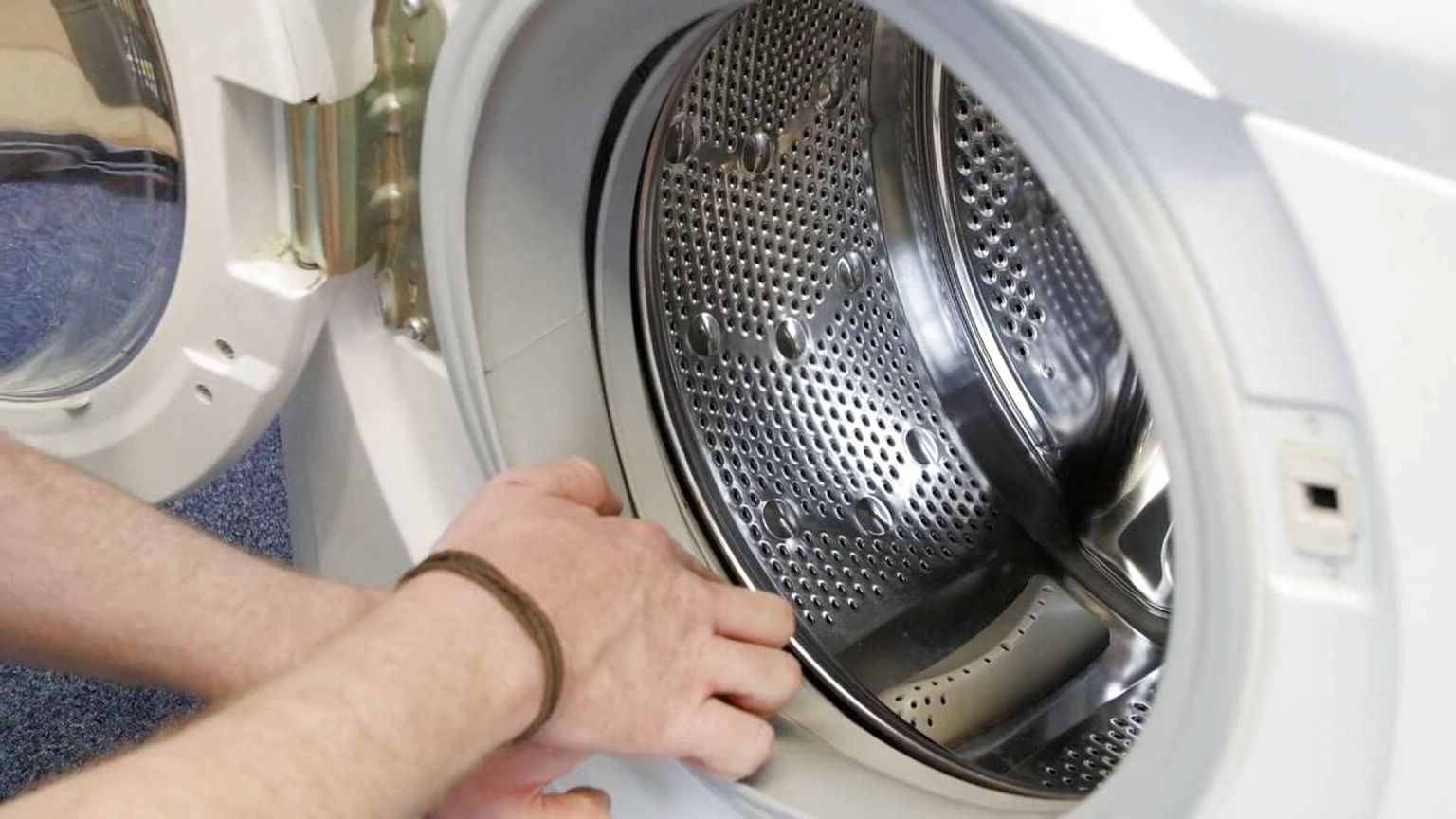
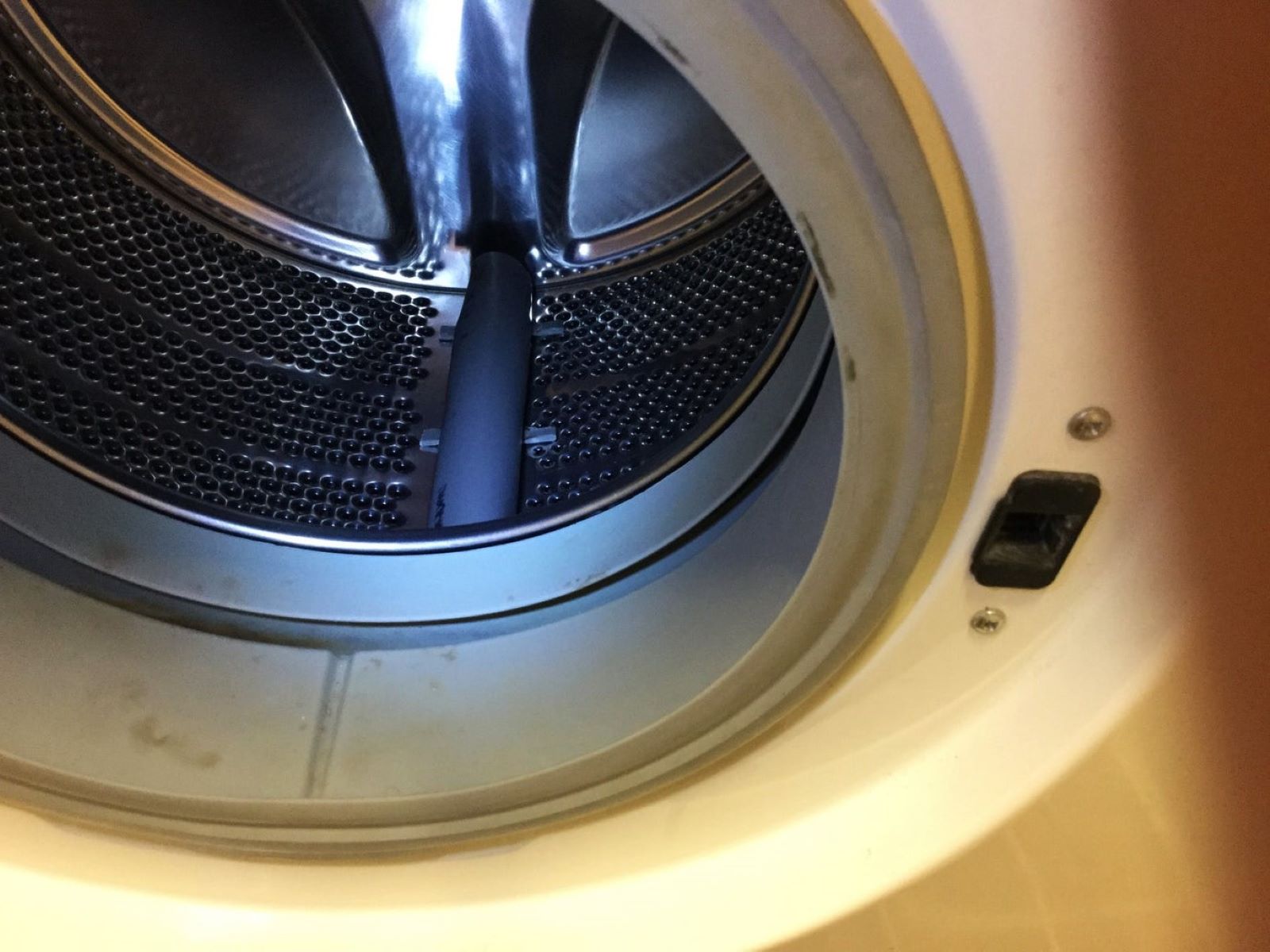

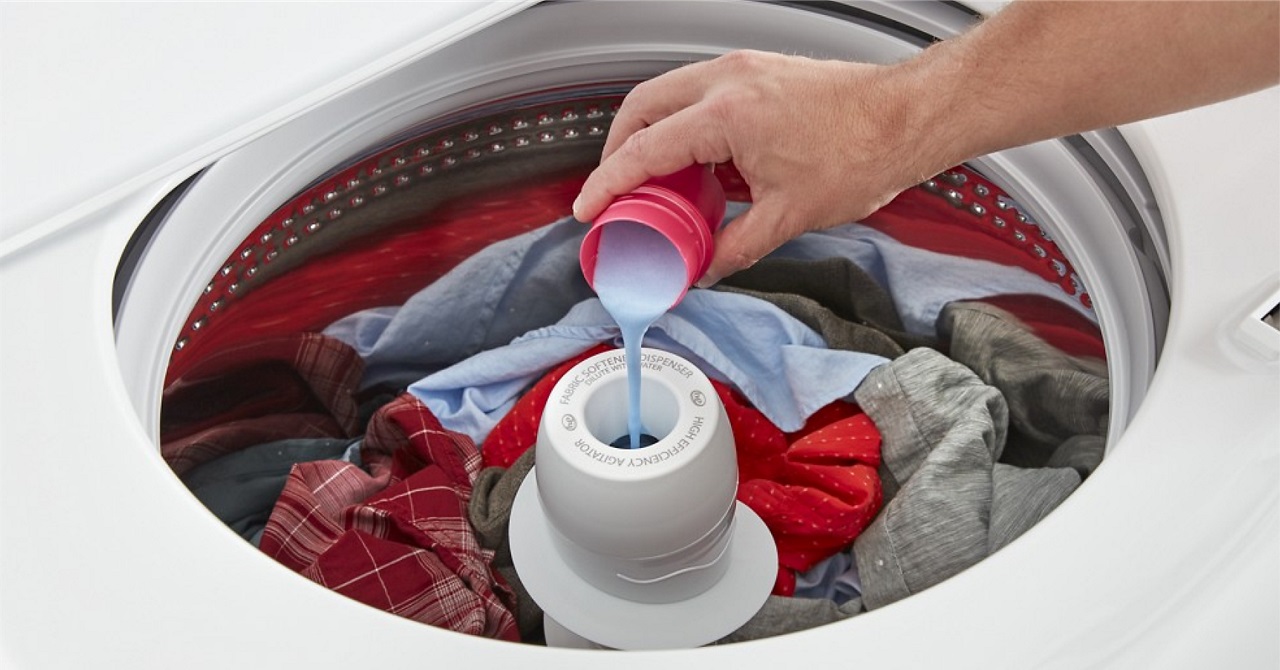
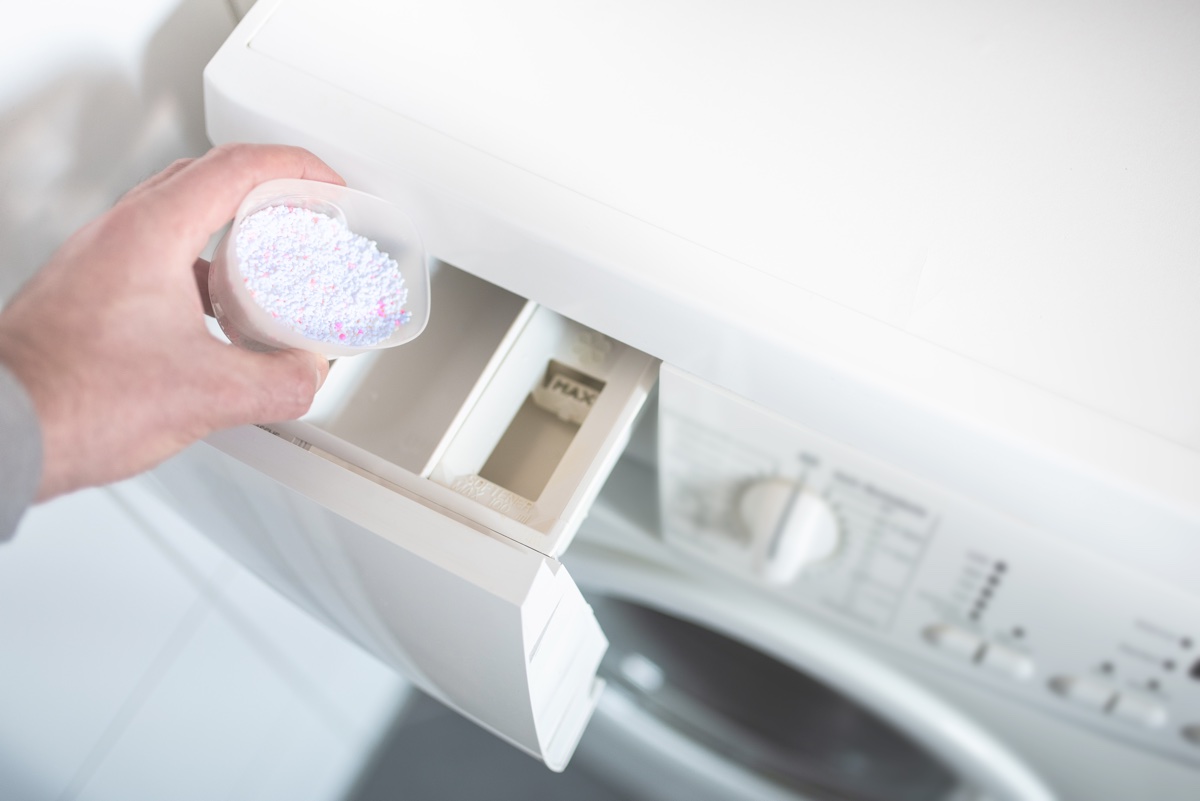
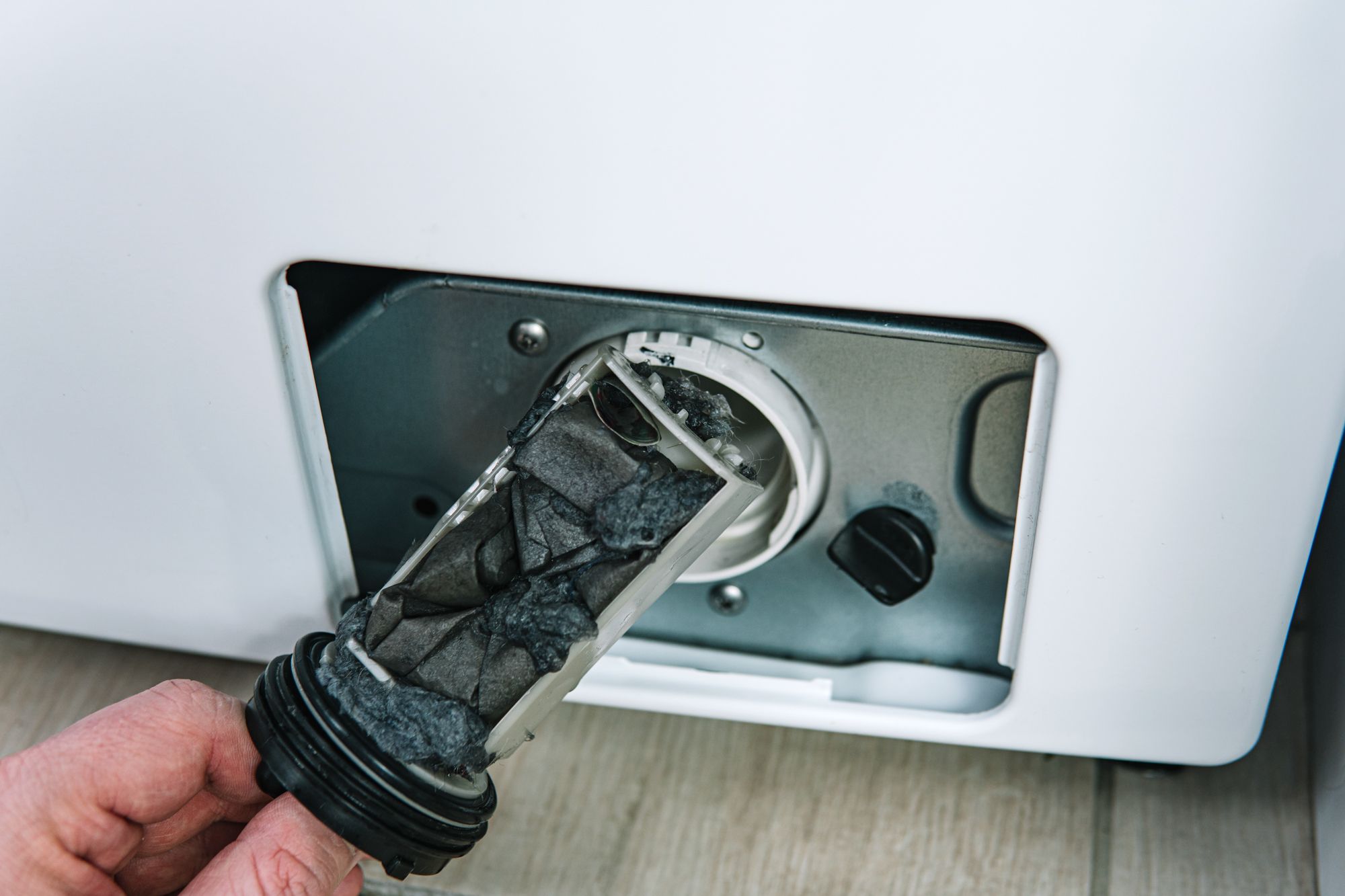
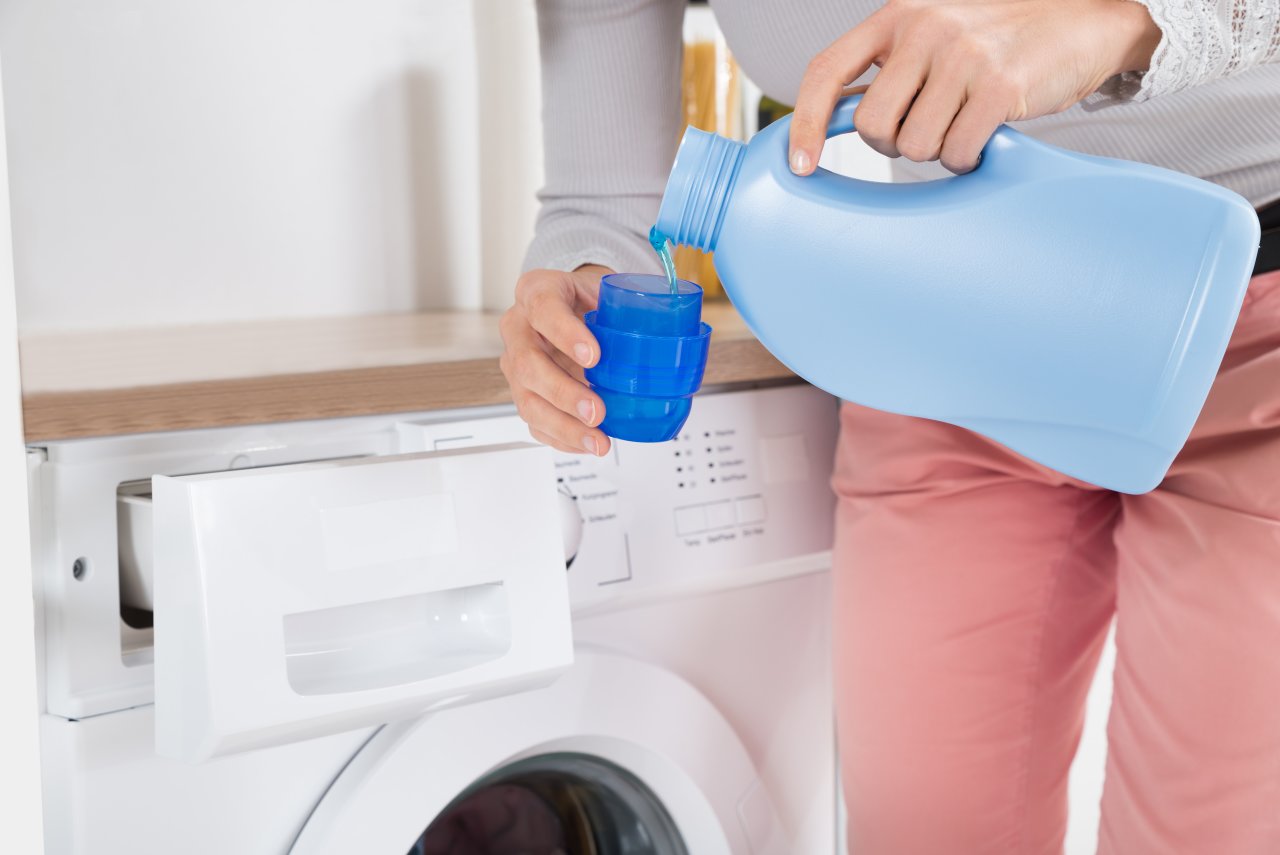
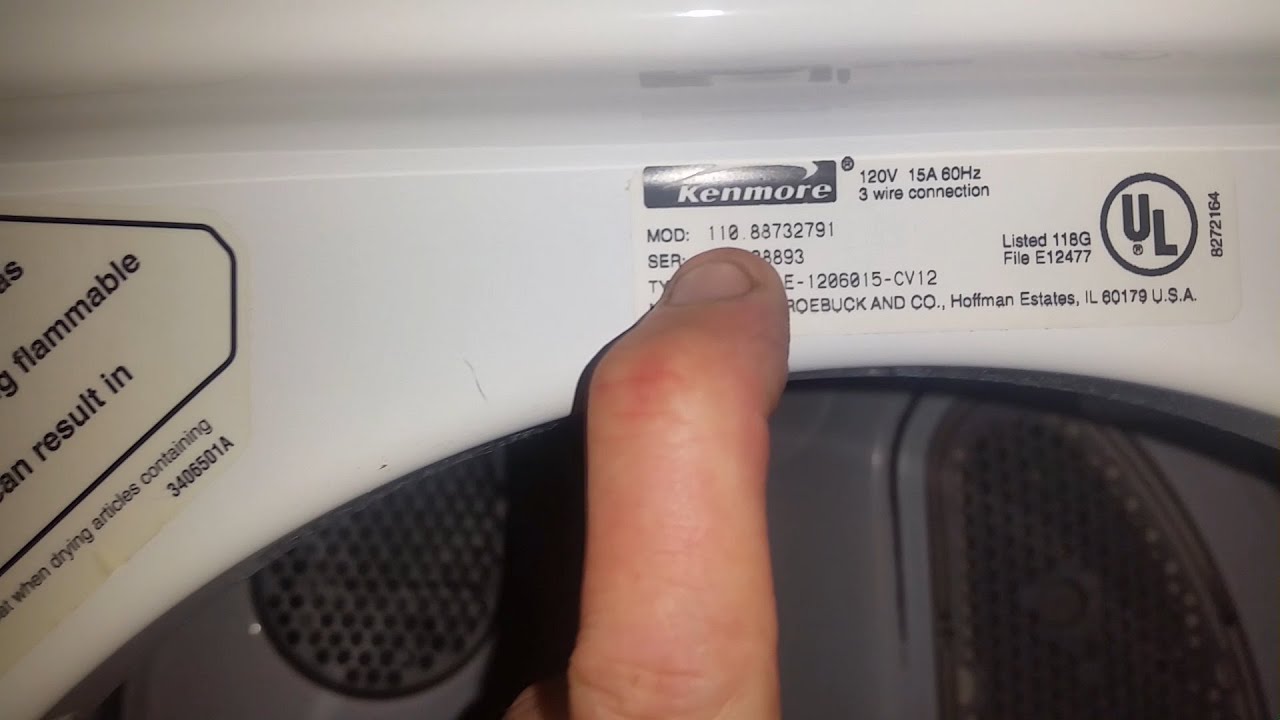
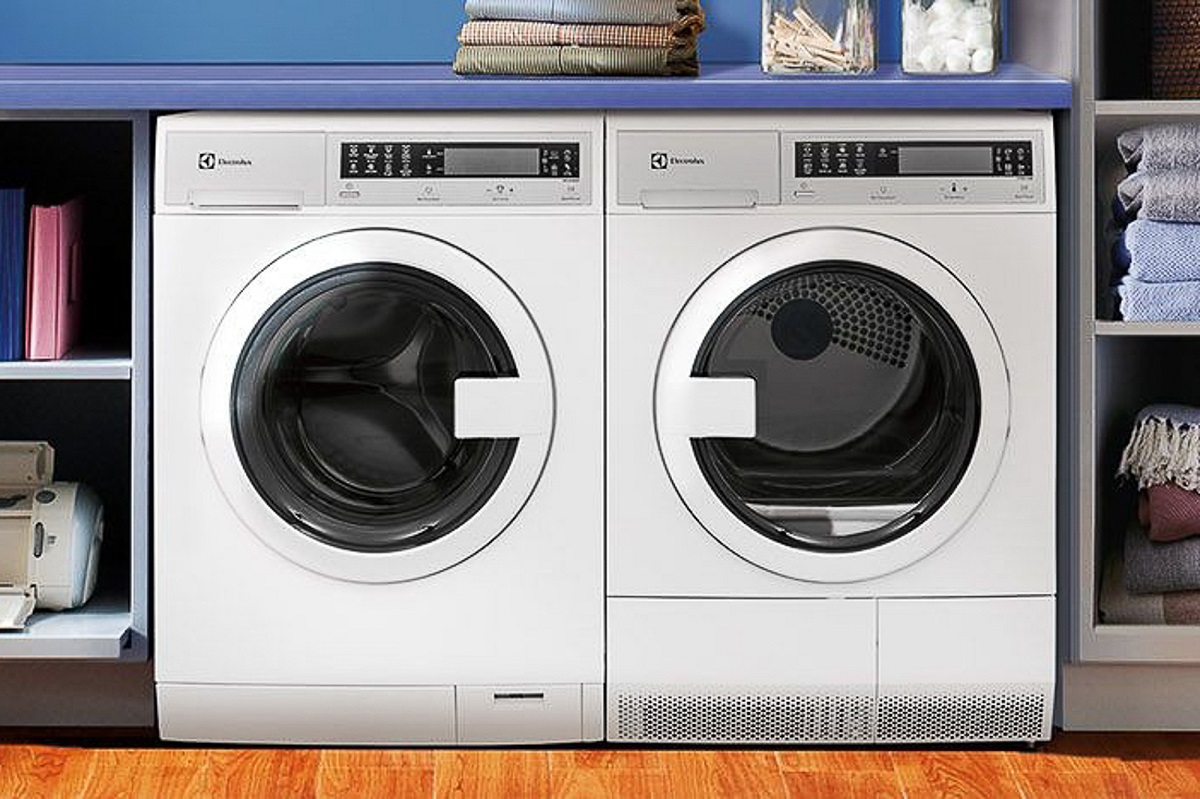
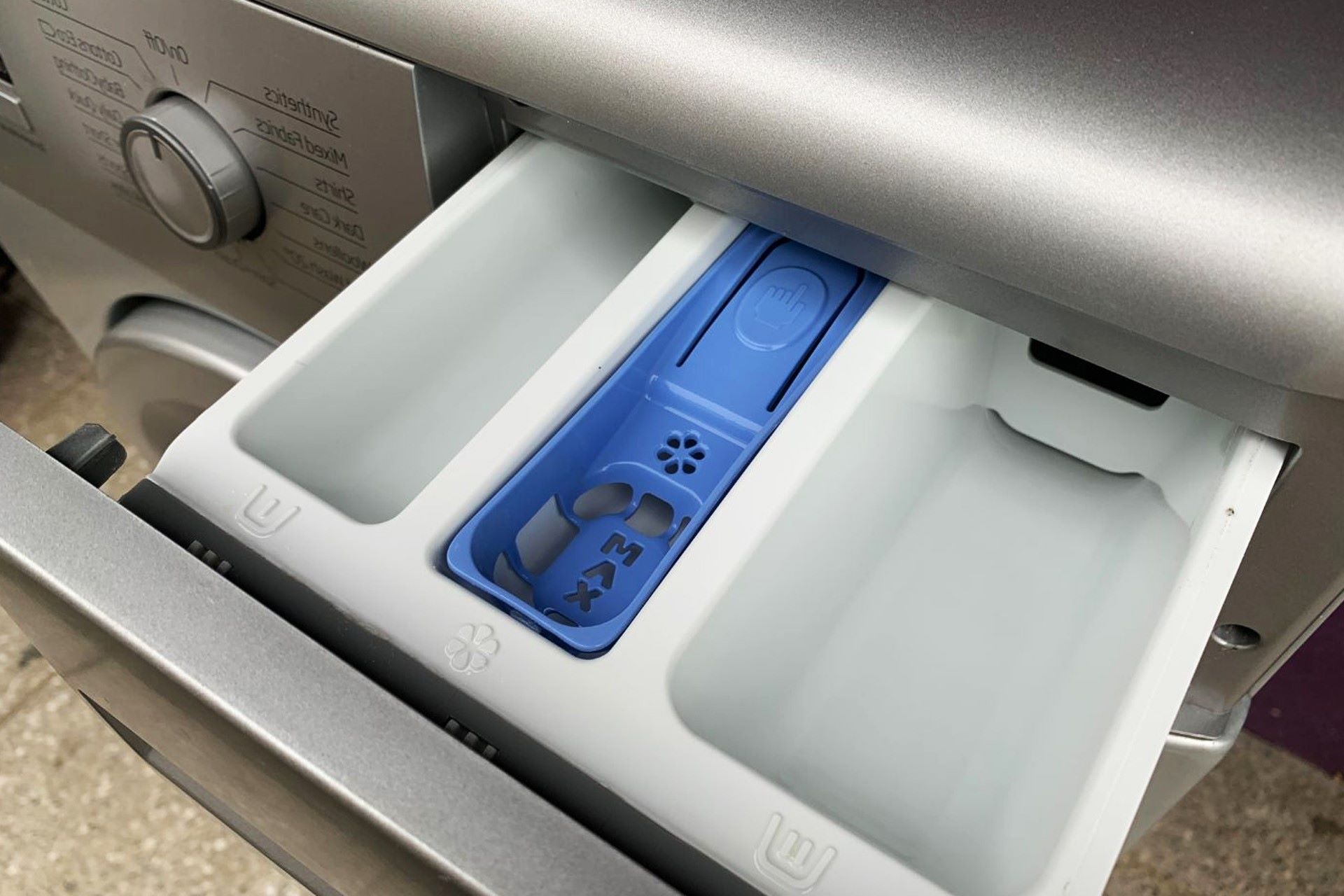
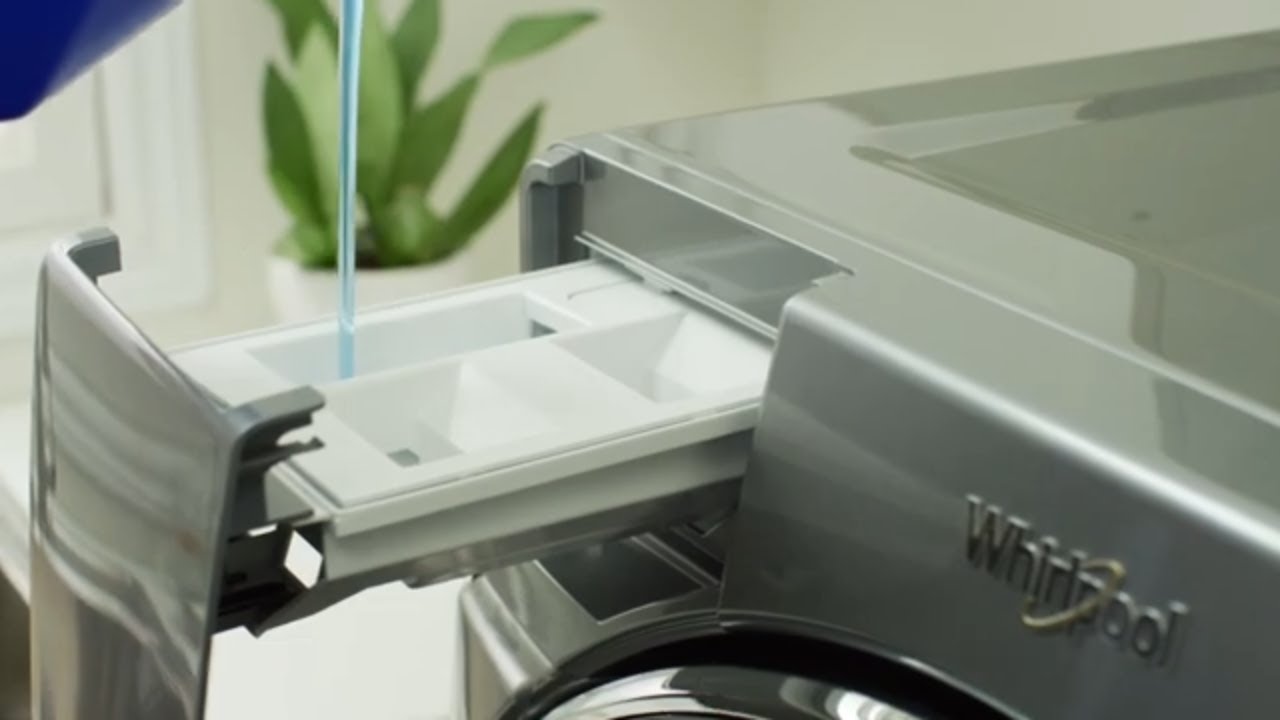

0 thoughts on “Where Is The Drum Of The Washing Machine”